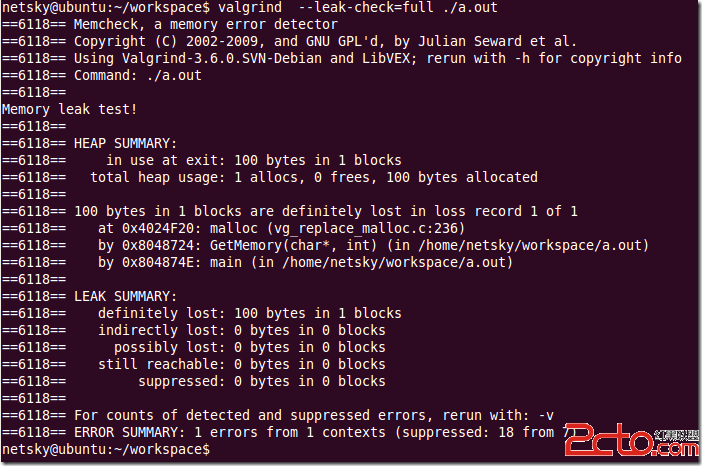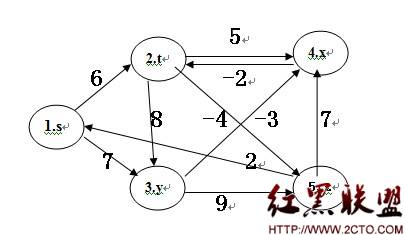蛇形填数
描述
在n*n方陈里填入1,2,...,n*n,要求填成蛇形。例如n=4时方陈为:
10 11 12 1
9 16 13 2
8 15 14 3
7 6 5 4
输入
直接输入方陈的维数,即n的值。(n<=100)
输出
输出结果是蛇形方陈。
样例输入
3样例输出
7 8 1
6 9 2
5 4 3
分析:告诉我们一个n后,我们就知道这个蛇形填数填到最后一个数必是n*n,所以循环的截止条件是<=n*n 。循环的过程是在一个二维数组中从起点开始向下走,到边界后又向左走,到边界后又向上走,再想右走,在循环下去。定义一个教大的二维数组时,最好是定义到main()函数外,此题最好用memset()函数对数组进行初始化,每个数组成员赋初值0,这样可以在循环填数时,也作为一个边界条件。
[cpp]
#include <iostream>
#include <stdlib.h>
#include <stdio.h>
#include <string.h>
using namespace std;
#define MAX 100
int a[MAX][MAX];
int main()
{
int x,y,n,m,tot=0;
memset(a,0,sizeof(a));
cin>>n;
tot=a[x=0][y=n-1]=1;
while(tot<n*n)
{ //cout<<"****"<<endl;
while(x+1<n&&!a[x+1][y]) a[++x][y]= ++tot; //下走
while(y-1>=0&&!a[x][y-1]) a[x][--y]= ++tot; //左走
while(x-1>=0&&!a[x-1][y]) a[--x][y]= ++tot; //上走
while(y+1<n&&!a[x][y+1]) a[x][++y]= ++tot; //右走
}
for(x=0;x<n;x++)
{
for(y=0;y<n;y++)
printf("%d ",a[x][y]);
//cout<<a[x][y]<<' ';
cout<<endl;
}
//system("pause");
return 0;
}
#include <iostream>
#include <stdlib.h>
#include <stdio.h>
#include <string.h>
using namespace std;
#define MAX 100
int a[MAX][MAX];
int main()
{
int x,y,n,m,tot=0;
memset(a,0,sizeof(a));
cin>>n;
tot=a[x=0][y=n-1]=1;
while(tot<n*n)
{ //cout<<"****"<<endl;
while(x+1<n&&!a[x+1][y]) a[++x][y]= ++tot; //下走
while(y-1>=0&&!a[x][y-1]) a[x][--y]= ++tot; //左走
while(x-1>=0&&!a[x-1][y]) a[--x][y]= ++tot; //上走
while(y+1<n&&!a[x][y+1]) a[x][++y]= ++tot; //右走
}
for(x=0;x<n;x++)
{
for(y=0;y<n;y++)
printf("%d ",a[x][y]);
//cout<<a[x][y]<<' ';
cout<<endl;
}
//system("pause");
return 0;
}
补充:软件开发 , C++ ,




